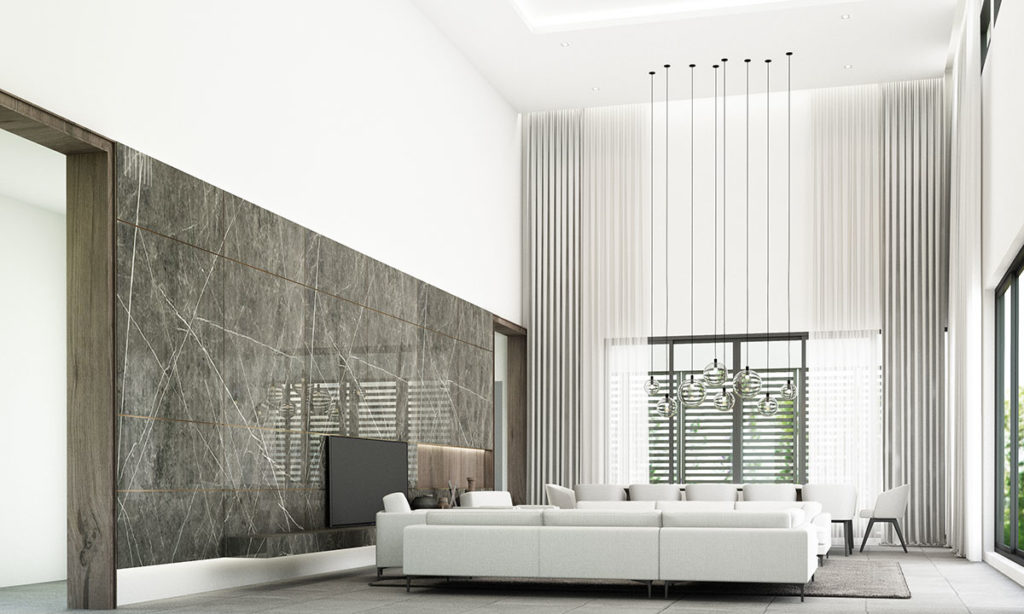From the ancient Romans to the modern days: the timeless charm of marble
Marble is the finest of natural stones, a millennial reference for the world of construction and furniture. Used in antiquity by the Greeks and Romans, marble has preserved over the years its unique technical and style characteristics.
Its name comes from the Greek “marmaros”, which means “shining stone”. The element that perhaps most characterizes the stone is in fact the particular shiny reflection that it gives to the light, reflecting brightness even to the spaces around.
A timeless charm that finds endless applications in home décor, both as building material and for furniture. Marble means floors, panelling, facades and coatings of all kinds, always in the name of elegance, solidity and sophistication, unique and exclusive to every environment.
Used for kitchen countertomen, bathroom floors, tables and objects such as vases, fireplaces, fountains and outdoor furniture, it is convenient and easy to clean. The stone has unparalleled characteristics of solidity and durability, but in other ways it is also very fragile and delicate.

Aesthetically it conveys a sense of robustness and solidity, as well as a very special brilliance; for those who love antiquity and the effect of natural stones, it’s the best material to use. Its effect is unique, because unique and inimitable is every marble slab. For this reason it is recommended, when you have to cover for example a floor or a worktop, to always buy more of than is strictly necessary. To repair any damage, it will be almost impossible to find a marble with identical veins at a distance of time.
The magic of marble is in its origin, from the process of metamorphosis that, starting from sedimentary rocks, crystallizes the sodium carbonate in order to form an extraordinary natural mosaic, unique and very pleasant to the eye. A fantastic composition of colors and shapes, created by the hand of nature alone.
It is a stone that has no fossils or stratifications, as the transformation of the rock into marble erases the structures originally present in the rock itself. A natural process that also partly determines its color. The mineral impurities that may be present in the rock, such as sand, sile, clay, iron oxides, will influence the process.
The colors can be very different and all unique in their kind. If the rock does not present impurities, it results in a pure white considered very valuable, used in the past for sculptures by the great artists and of which is a sublime example the famous Carrara marble. A kaleidoscope of colors that, depending on the origin of the stone, alternates the softer shades of beige and gray, and moves then to brighter colors such as yellow and black, blue and red or brown and green. The veins, the bizarre and artistic streaks that cross and characterize the stone, are an additional element of exclusivity. An inimitable signature that is impossible to reproduce. Unique, as the noblest of natural stones.

